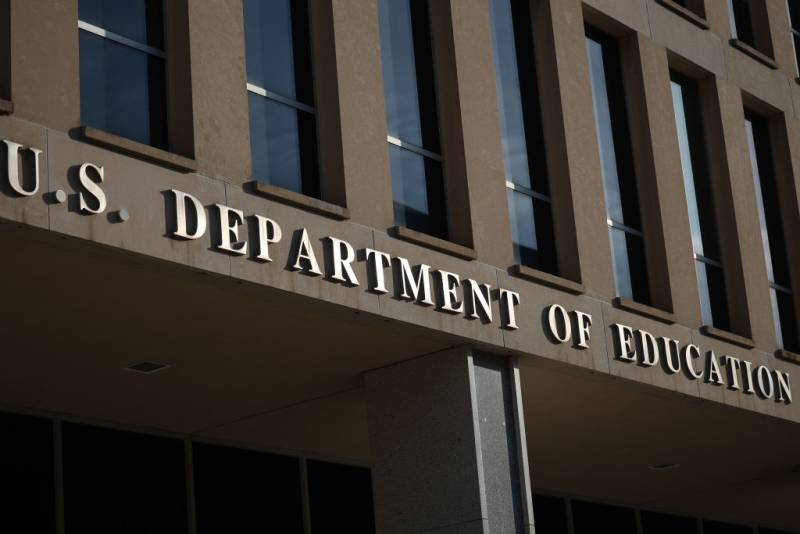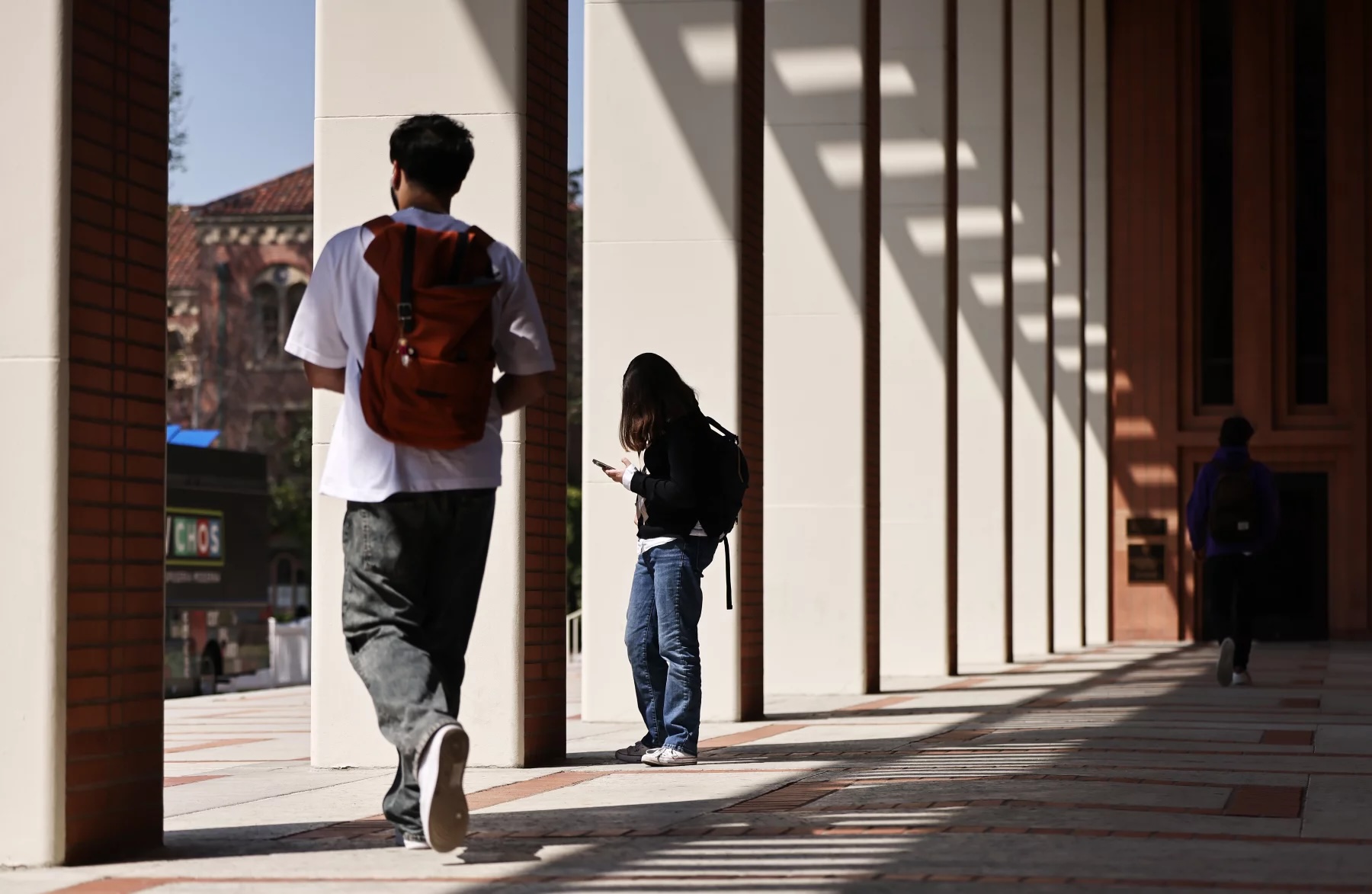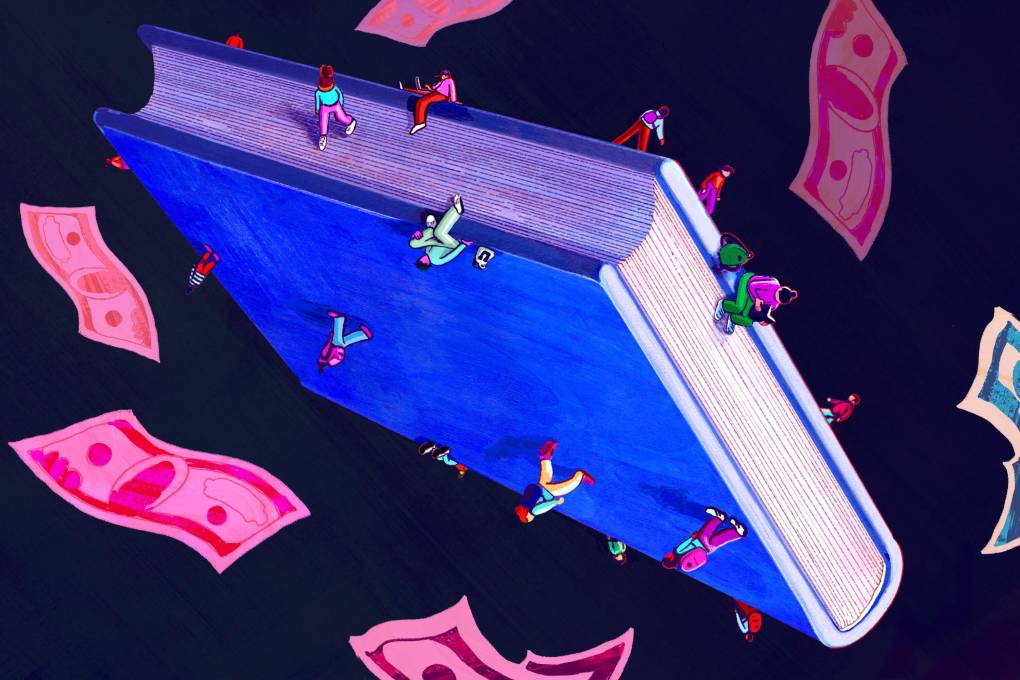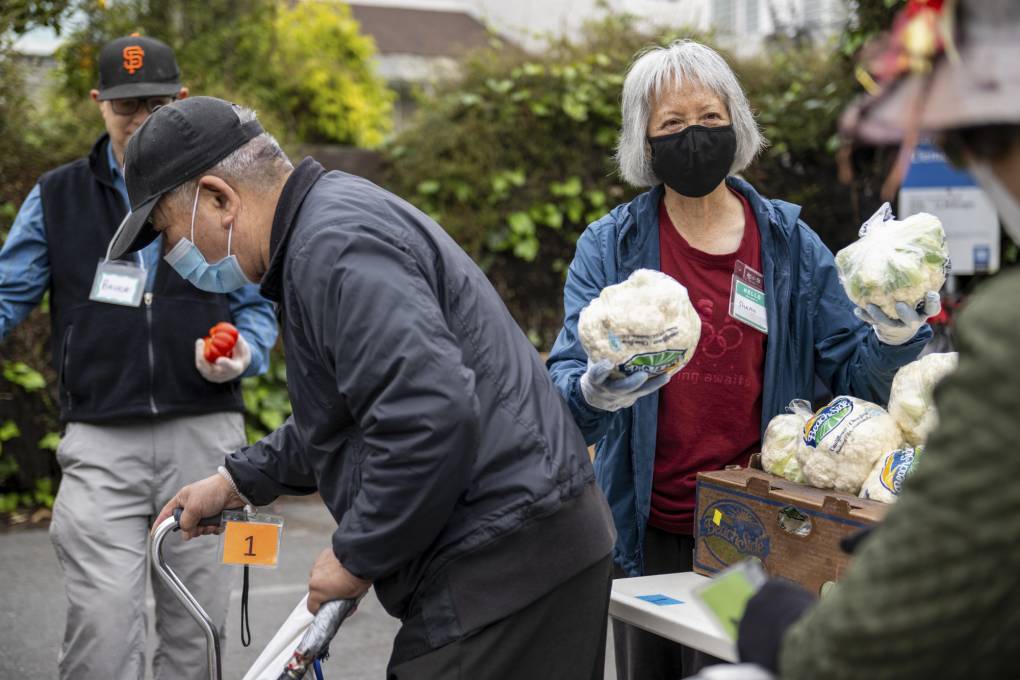Borrowers in default must ask their loan servicer to be placed into such a program. Typically, servicers ask for proof of income and expenses to calculate a payment amount. Once a borrower has paid on time for nine months in a row, they are taken out of default, Mayotte said. A loan rehabilitation can only be done once.
While Fried said the best plan of action “if you absolutely can’t afford to make the payments” is to contact your student loan servicer, she also noted that “you need to be very cautious” about the option you choose, because of the interest these paths forward could add to your total amount owed.
Fried also recommended that anyone who lives, works or receives services in San Francisco can book a free financial consultation with the city’s Office of Financial Empowerment to discuss their student loans.
“Student debt is a very complicated landscape and there are a lot of different types of loans,” she said. “And so it is really important to have somebody work with you on your particular issues.”
What does ‘forbearance’ mean?
Student loan forbearance is a temporary pause on your student loan payments granted to borrowers who are experiencing financial difficulties. To apply for forbearance, borrowers must contact their loan servicer.
Borrowers can be granted forbearance by their loan servicer for up to 12 months, but interest will continue to accrue during this period.
Forbearance is not an option for borrowers whose student loans are in default. However, they are an option if you are delinquent on your loan.
How can a borrower find the status of their student loans?
Borrowers need to know the status of their student loans in order to find out if they are in default, said Kate Wood, student loans expert at NerdWallet.
To find the status of a student loan and their loan servicer information, borrowers need to access their studentaid.gov account. Since the Education Department is going to send notices about involuntary collections through email, borrowers want to make sure all their personal information is updated, such as email and physical address, Wood recommended.
Can involuntary collections affect my Supplemental Security Income?
Yes, benefits from Social Security are considered income and can be affected by involuntary collections.
How does delinquency affect my credit score?
Borrowers who are delinquent on their student loans take a massive hit on their credit scores, Wood said. Those who are delinquent on their student loans might see a drop of 100 points or more to their credit score. A delinquency stays on your credit report for seven years.
Credit scores are used in many aspects of people’s financial lives, such as access to credit cards, buying a house or renting an apartment.
Can I apply to income-driven repayment plans?





